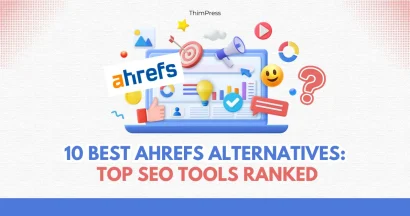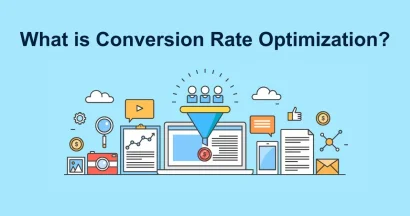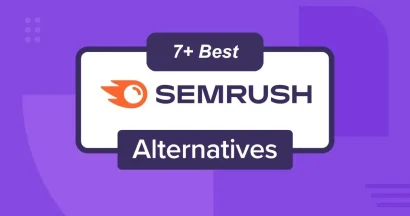Travelers heading to Hong Kong need one thing above all, reliable connectivity. Roaming charges, SIM card swaps, and limited access are problems of the past. That’s where eSIMs come in. They offer a simple way to stay online, switch plans, and activate data within minutes. For anyone moving across borders, an eSIM makes the entire experience smoother. With more people switching to digital SIMs, now’s the time for online sellers to step up their strategy. WordPress, Shopify, and other platforms all offer powerful ways to grow an eSIM business if you know how to use them.
Why Travelers Want eSIMs in Hong Kong

Getting connected in a new country shouldn’t take hours. eSIMs remove the hassle. No searching for local shops. No tiny SIM cards to lose. Simply scan a QR code, and you’re all set. Travelers landing in Hong Kong appreciate having instant access to maps, messages, and bookings. Most modern smartphones, from Apple to Samsung, are compatible, and setup is usually completed in under five minutes. That kind of speed and ease is what sells. Highlighting these details makes a strong first impression and encourages potential buyers to stay and explore your offer.
Using WordPress to Build a Strong Product Presence
WordPress is a flexible platform, ideal for building an informative and reliable storefront. If you’re traveling to Hong Kong, a eSIM for Hong Kong gives you instant access to mobile data as soon as you land – no need to hunt for SIM cards or rely on unstable Wi-Fi.
Similarly, a regional eSIM is helpful when visiting other countries, allowing you to stay connected without having to juggle multiple SIMs. Highlight these practical benefits right on your homepage, such as easy activation, data coverage across Hong Kong, and device compatibility. Add blog content around real travel needs – like how to use an eSIM during a short layover, a business trip, or a study program. With WooCommerce, plans can be sold directly through the site, and SEO tools ensure your content is visible. Keep the design clean and mobile-friendly, since most users will be browsing while already on the go.
Selling on Shopify With Simplicity and Style
Shopify works especially well for digital products. Set up a storefront that shows what problem the eSIM solves. Include screenshots of activation steps, FAQs, and short videos that walk users through the setup process. Use keywords like “Hong Kong data plan,” “digital SIM for Asia,” and “travel connectivity” in your product descriptions. Shopify’s apps also enable you to automate customer follow-ups, highlight top-selling plans, and offer bundles. The easier you make it for people to choose the right plan, the quicker they’ll check out.
Creating Content That Answers Real Travel Questions

People don’t just buy – they search, compare, and ask questions. Your content should meet them there. Write articles and guides that offer something helpful. A piece like “How to Activate an eSIM for Hong Kong in 3 Minutes” or “What to Know Before Using Mobile Data in Kowloon” can drive organic traffic and answer common concerns. Skip the fluff and speak directly. Use images or screen recordings to show real actions, not just talk about them. This builds trust and keeps people coming back when they’re ready to make a purchase.
Social Proof That Builds Credibility
Travelers trust other travelers. If someone had a smooth experience using your eSIM during a trip to Hong Kong, share it. Add a testimonial section with real quotes. Ask repeat buyers to leave short reviews. You can also partner with travel bloggers or YouTubers who create content around their journeys. Watching someone use an eSIM in real time – from airport to hotel – gives potential customers confidence in the product. Authentic stories connect better than sales pitches.
Search Engines Still Matter, Here’s What to Focus On
A few well-placed keywords can make a big difference. Use the term “eSIM” in key spots, your title, one subheading, and once more in the body. Support it with related terms like “mobile data plan,” “travel SIM alternative,” and “digital travel connectivity.” Create strong meta descriptions that focus on what the user wants, fast setup, affordable plans, and support that works when you’re abroad. Don’t forget to optimize images and use simple URLs. These steps help your product pages stand out in search results.
Build an Experience, Not Just a Product Page
Selling eSIMs goes beyond setup instructions. Consider what travelers need while on the go. Make sure your site explains what to do if something goes wrong, how to reach support, and which devices are compatible. A step-by-step email after purchase helps users get started without confusion. Consider adding live chat or a simple help widget to guide new customers. If your buyer can land in Hong Kong, install their eSIM, and go straight to exploring the city, then you’ve done your job right.
Conclusion
Marketing eSIMs isn’t about adding buzzwords; it’s about solving real problems. A traveler choosing an eSIM for Hong Kong wants quick access, fair pricing, and a setup they can trust. With a smart mix of clean design, helpful content, and authentic reviews, you can turn interest into repeat business. WordPress, Shopify, and other platforms give you the tools—it’s your message that makes the difference. And with a product that’s digital, flexible, and designed for travelers, you’re already halfway there. The rest is making sure your store helps users connect – not just to the internet, but to the places they’re going.


